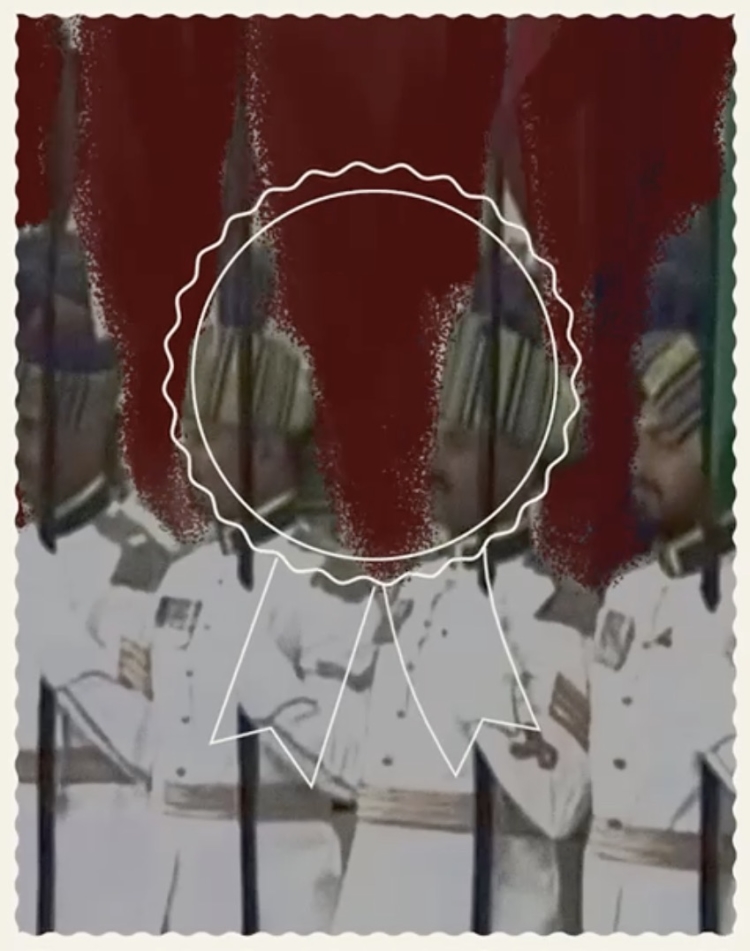easy
returns
cash on
delivery
free
shipping
Continue Shopping >



Gaurav Ogale
A multifaceted artist with a knack for unveiling beauty in chaos and monotony alike, Gaurav Ogale talks about the silent power of nostalgia as a creative fuel
What's the story behind the digital moniker 'Patranimacchi'?
My father used to have a colleague many years ago – Jeroo aunty we used to call her. She was probably the first ever Parsi I knew as a child and also her home was the first place I ever tried patra ni macchi, a Parsi steamed fish preparation. There’s something about the Parsi community I feel strongly connected to – their aesthetics, that specific Gujarati dialect which they speak, their demeanor, whimsical lifestyle and most importantly their subtly spiced food. As I grew up, I was lucky to experience more Parsi life in Bombay, made lots of friends in the baugs and ate at every Parsi café possible. I think there are a lot of parallels with my art and the way patra ni macchi is prepared – it’s wrapped in patra (leaf), layered, and hits you in stages at your pace as you slowly remove the bones from the fish and relish every layer and flavour.
How does one come to become a multidisciplinary artist, what's a common theme that binds your body of work?
Curiosity – it’s the sole, solid ingredient. Our curiosities are not one-dimensional, they spread all across and only grow with time. Art starts from curiosity and then eventually becomes a tool to explore it. I used to always draw as a child and as I saw more, traveled more, drawing wasn’t enough, I needed to express the way I felt and slowly sound, words, textiles, spices, photographs started weaving themselves into my world.
What was the starting point for what you do today? What's the most enjoyable part of your job?
It was the moment I felt that I could not express through static visuals anymore, it almost felt claustrophobic. I needed to expand, breathe in different mediums and elements to be able to tell a story the way it lived with me. For a long time I worked in advertising, design studios, the arts and culture space and then with a museum so it needed a very specific approach. And while I always had a ‘full time job’, being an independent artist always felt like a parallel alternate life. It’s this alternate life that is now my main practice. The most fascinating thing about being an independent artist or nomad is to wake up each day and carry all the anxiety, curiosity and nostalgia into what I do. Some days I don’t create anything but I cook, I rearrange the art at home or wander around and that is an equally integral part of my practice. I feel lucky that being independent allows me to bring so much of myself into my art unlike the times I worked for someone else and helped bring alive someone else’s vision.
How do you draw inspiration from the monotony of everyday life?
I find a lot of comfort in monotony – it’s my jam. I like the repetitive or almost meditative rhythm that it inhabits. It’s addictive, how everyday life can be so inspiring if looked at closely. I love familiarity but I equally like anonymity.
Talk us through the artwork you created for Bhaane's new collection, what was the thought process behind that?
Archives and archival materials fascinate me. You can call me a hoarder in that sense. I was more than delighted to dig into the Padma award archival footage and images and see how gracefully the ceremony has evolved over the years. I like the tone in which the awardee names are announced, the way everything is designed, almost like a template that needs to be followed succinctly - those ceremonial badges with ribbons for the ‘guest of honour’ we all grew up seeing and the specific flowers that adorned the podium with frilly curtains et al. The only way to add some pop to it was by drawing on the moving frames. I wanted to retain the colour palette and the grainy texture of how the ceremony used to be aired on Doordarshan back in the day. Incidentally, my great-grandfather was also a Padmabhushan recipient and I have a little photograph of the ceremony along with its negative in my personal archives.
How do you create compelling storytelling through art?
Art, in any form, can keep a story authentic. We live in moments but moments pass by sooner than we realize and memory eventually fades away. But art keeps it alive, and evokes a certain nostalgia around stories and memories. For me, it’s a very intuitive and natural process of recording, reflecting and archiving.
A cartoon or animation from your childhood that you watch till date and perceive as a work of art?
I never watched any cartoon or animated films as a child. I was a weird child.
